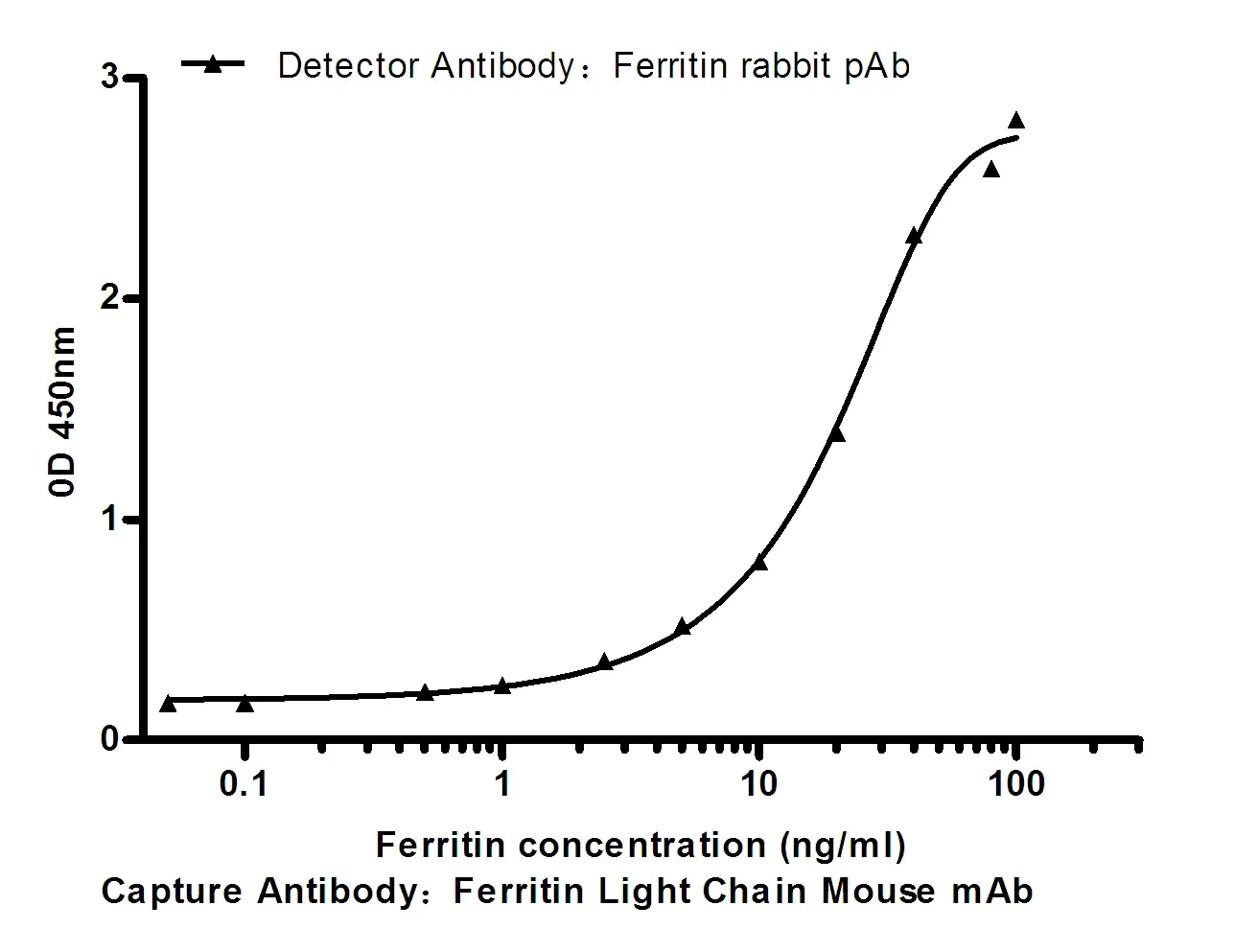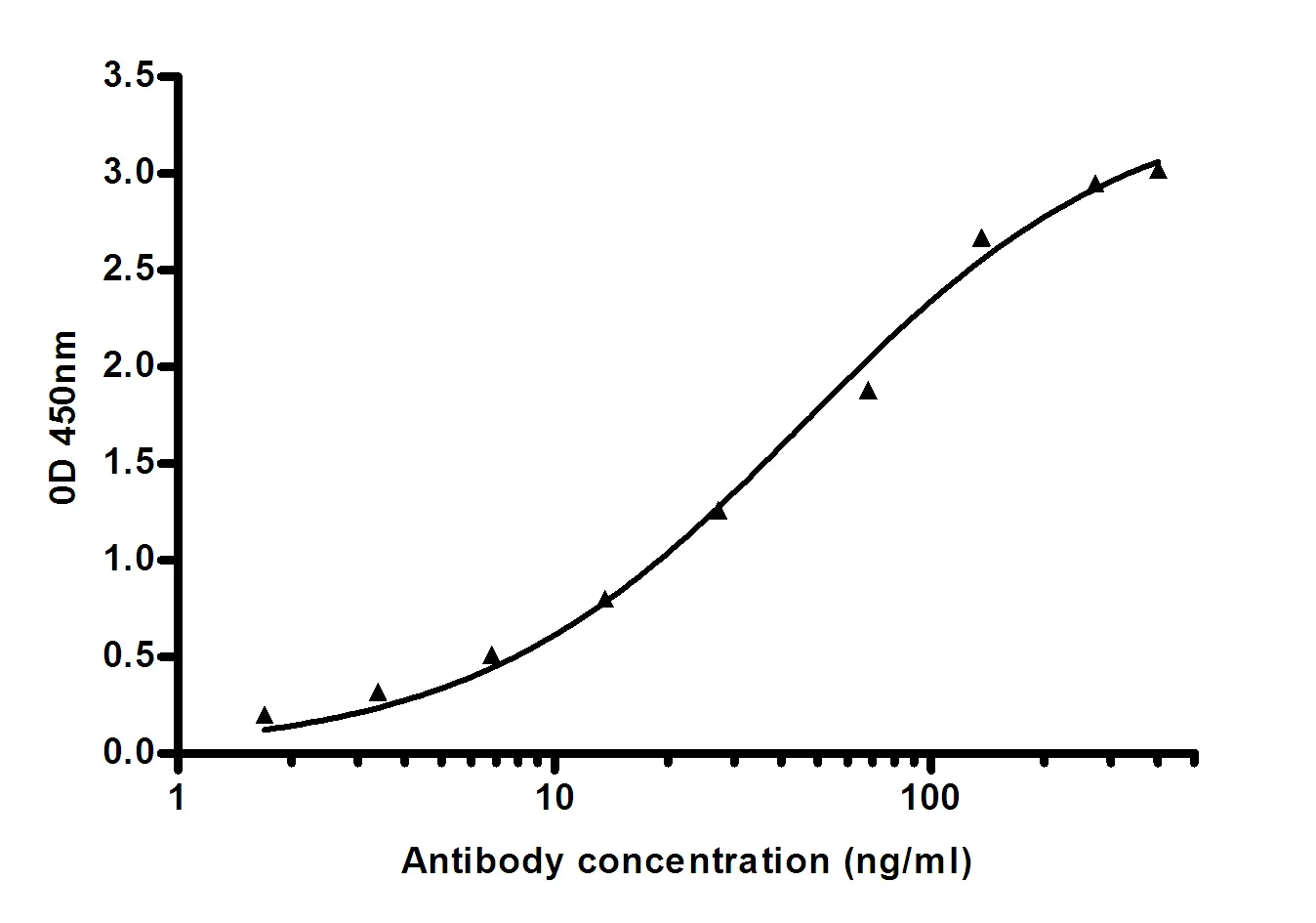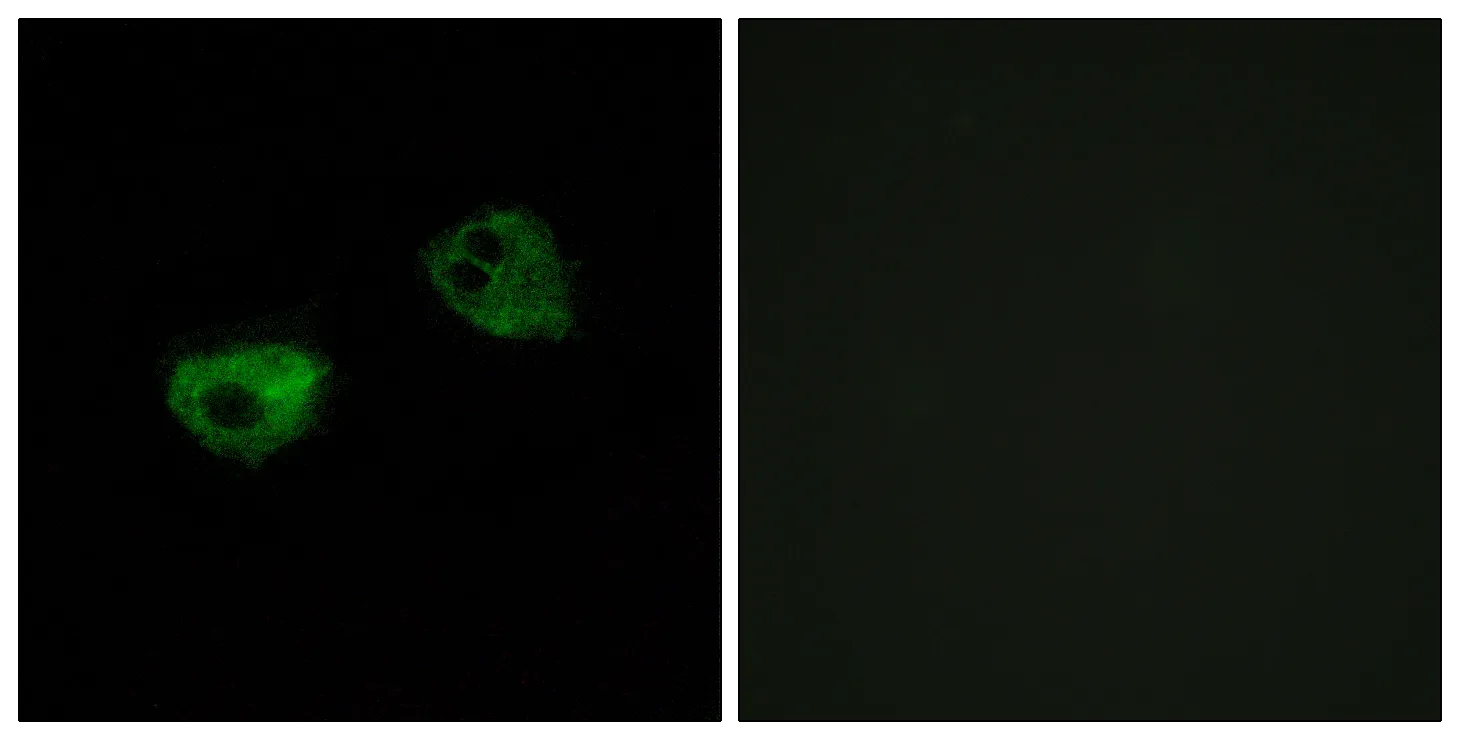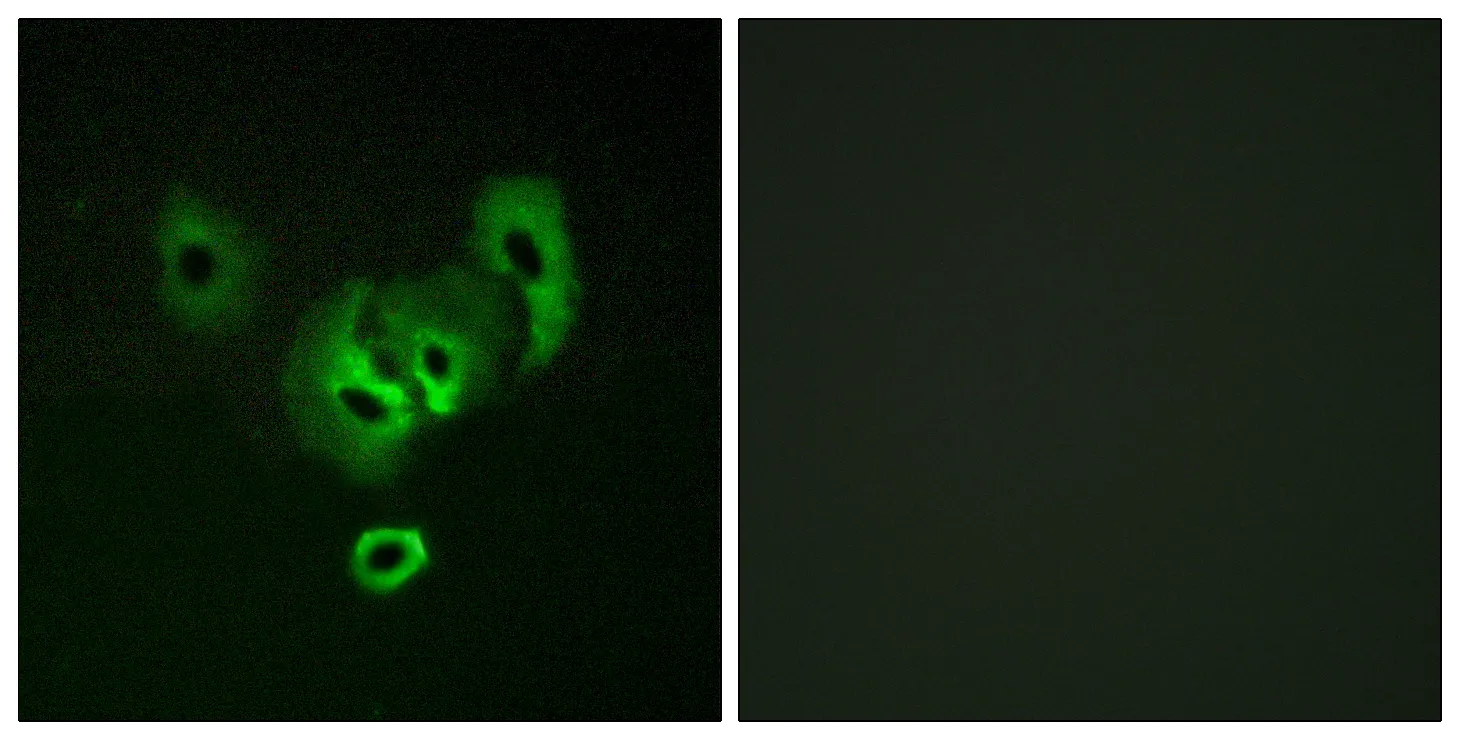Summary
Performance
Immunogen
Application
Background
This gene encodes a cell surface receptor necessary for cellular iron uptake by the process of receptor-mediated endocytosis. This receptor is required for erythropoiesis and neurologic development. Multiple alternatively spliced variants have been identified. [provided by RefSeq, Sep 2015],function:Cellular uptake of iron occurs via receptor-mediated endocytosis of ligand-occupied transferrin receptor into specialized endosomes. Endosomal acidification leads to iron release. The apotransferrin-receptor complex is then recycled to the cell surface with a return to neutral pH and the concomitant loss of affinity of apotransferrin for its receptor. Transferrin receptor is necessary for development of erythrocytes and the nervous system (By similarity). A second ligand, the heditary hemochromatosis protein HFE, competes for binding with transferrin for an overlapping C-terminal binding site.,induction:Regulated by cellular iron levels through binding of the iron regulatory proteins, IRP1 and IRP2, to iron-responsive elements in the 3'-UTR. Up-regulated upon mitogenic stimulation.,miscellaneous:Canine and feline parvoviruses bind human and feline transferrin receptors and use these receptors to enter and infect cells.,miscellaneous:Serum transferrin receptor (sTfR) is used as a means of detecting erythropoietin (EPO) misuse by athletes and as a diagnostic test for anemia resulting from a number of conditions including rheumatoid arthritis, pregnancy, irritable bowel syndrome and in HIV patients.,PTM:N- and O-glycosylated, phosphorylated and palmitoylated. The serum form is only glycosylated.,PTM:Palmitoylated on both Cys-62 and Cys-67. Cys-62 seems to be the major site of palmitoylation.,PTM:Proteolytically cleaved on Arg-100 to produce the soluble serum form (sTfR).,similarity:Belongs to the peptidase M28 family. M28B subfamily.,similarity:Contains 1 PA (protease associated) domain.,subcellular location:Identified by mass spectrometry in melanosome fractions from stage I to stage IV.,subunit:Homodimer; disulfide-linked. Binds one transferrin or HFE molecule per subunit. Binds the HLA class II histocompatibility antigen, DR1. Interacts with SH3BP3. Interacts with Machupo arenavirus GPC.,
Research Area
Protein_Acetylation




